10K Views
Enjoying a Mini LED Flashlight

by
Dylan Paterson
(IC: )
Having a mini LED flashlight accessible has actually come to be a popular fad. The miniature flashlight makes use of LED technology to provide a lot of the advantages of old, crucial, powerful flashlights drawn from the standard mold without their negatives. In this short article we offer some background info on just how this illumination transformation came about as well as how the visitor can get one of the most enjoyment from it.
Investing in a mini LED flashlight is rather more involved (if you appreciate what you obtain) compared to getting flashlights was twenty years ago. Back then there was barely anything considerable that notable one item from an additional. However today developers could afford to release an extensive line of products, with each specific light tailored to a particular niche market.
This growing is possible because of innovations in light producing diode (LED) technology. Most of the old tradeoffs between simplicity of dealing with and illumination that once had to be made have fallen away. Yet with all the selections available it behooves one to invest a long time investigating what is available and deciding just what attributes are essential to one in a flashlight.
Early semiconductor research caused the exploration of the sensation of electroluminescence. In plainer English, using a voltage differential surpassing a certain limit (in the one-volt array) across its 2 leads causes a semiconductor to give off photon energy, or light.
This emitted light is monochromatic, suggesting it has a single regularity (or wavelength) and also associated color when within the humanly visible spectrum. Different semiconductor materials have different power band voids (which identify the voltage limit simply mentioned) and alike various shades.
The initial LEDs were generated in the 1960's. The only different colors available remained in the infrared to red range, and they exhibited stable habits only if operated in controlled laboratory conditions at power levels considerably listed below exactly what was made use of for standard illumination applications. Additionally, since semiconductors have high refractive indices, light emissions tend to be vertical to the substratum and extremely narrow in size.
These drawbacks suggested that very early LEDs were fairly restricted in their usefulness. Nonetheless, their luminous efficiency (the capacity for transforming power into light) was demonstrably above that of incandescent light bulbs. As well as the LED was seen to possess a number of exceptional traits when as compared to other light bulb types, consisting of longer life and resistance to failing from shock.
So the pledge for this unique tool was incredible. Scientists were extremely inspired to meet the promise despite the numerous challenges that presented themselves. The effort demanded big monetary as well as manpower investments, but researchers concurred that the undertaking was most definitely worth it.
In the staying 10 years of the twentieth Century researchers tried the challenges in their path. They experimented with using alternative semiconductor components and different element mixes with an eye to discovering shades continually along the range through blue and also violet as well as a way to produce white light. They workinged from boosting security under typical operating problems as well as establishing methods for broadening the size of light beams.
Maybe the biggest innovation was to catch a compromise operating current of 350 mA. This was reduced sufficient to stop the device from overheating, yet high sufficient to be much more according to typically utilized power levels. Luminous efficiency dipped rather at this degree, yet was still fairly exceptional in comparison with different light bulb kinds.
This development helped to rise the LED into severe contention as a light source. Moreover, because this source is not originated from incandescence, which is the glow derived from heating up a sickly filament, it has intrinsic advantages unseen before in the market. As an example, LEDs do not break when subjected to harsh treatment, as well as they have life-spans as high as 50,000 hours (compared to 2,000 for the incandescent light bulb).
Its robust attributes make the light sending out diode's use as an element in tactical items, such as armed forces and also police flashlights, really engaging. And also given that the current versions produced hundreds of lumens per watt (as compared to 15-20 lumens/watt for the incandescent bulb), developers as well as makers of all type of lighting items have been flocking to it as the obviously much better choice.
One more large innovation was accomplishing a blue LED. Orange as well as eco-friendly were shades not that sluggish in coming, yet heaven and also violet end of the range showed rather evasive. Yet this obstacle was ultimately gotten over in the early 2000's, paving the way for manufacturing white light.
There are a couple various approaches to doing this, both based upon the principle of complementary shades. One is to integrate the outcomes of 3 different LEDs, each in a different primary (i.e., red + blue + eco-friendly). An additional is to painting a yellow phosphor on the substrate of a blue-emitting LED.
The final advancement remained in broadening the light beams of emissions. This has actually been achieved through a range of techniques, including tilted facets as well as transitional finishings. Perhaps the most effective method has actually been using semispherical shaping, usual in lots of an LED flashlight.
The mini flashlight is possible since the LED's high luminescent efficiency allows wonderful illumination with not that much battery power. Those huge, effective cops flashlights are no longer necessary. The resulting transportability, availability, and ease of use with one hand are some of the many reasons individuals obtain such satisfaction from their mini LED flashlight.
Investing in a mini LED flashlight is rather more involved (if you appreciate what you obtain) compared to getting flashlights was twenty years ago. Back then there was barely anything considerable that notable one item from an additional. However today developers could afford to release an extensive line of products, with each specific light tailored to a particular niche market.
This growing is possible because of innovations in light producing diode (LED) technology. Most of the old tradeoffs between simplicity of dealing with and illumination that once had to be made have fallen away. Yet with all the selections available it behooves one to invest a long time investigating what is available and deciding just what attributes are essential to one in a flashlight.
Early semiconductor research caused the exploration of the sensation of electroluminescence. In plainer English, using a voltage differential surpassing a certain limit (in the one-volt array) across its 2 leads causes a semiconductor to give off photon energy, or light.
This emitted light is monochromatic, suggesting it has a single regularity (or wavelength) and also associated color when within the humanly visible spectrum. Different semiconductor materials have different power band voids (which identify the voltage limit simply mentioned) and alike various shades.
The initial LEDs were generated in the 1960's. The only different colors available remained in the infrared to red range, and they exhibited stable habits only if operated in controlled laboratory conditions at power levels considerably listed below exactly what was made use of for standard illumination applications. Additionally, since semiconductors have high refractive indices, light emissions tend to be vertical to the substratum and extremely narrow in size.
These drawbacks suggested that very early LEDs were fairly restricted in their usefulness. Nonetheless, their luminous efficiency (the capacity for transforming power into light) was demonstrably above that of incandescent light bulbs. As well as the LED was seen to possess a number of exceptional traits when as compared to other light bulb types, consisting of longer life and resistance to failing from shock.
So the pledge for this unique tool was incredible. Scientists were extremely inspired to meet the promise despite the numerous challenges that presented themselves. The effort demanded big monetary as well as manpower investments, but researchers concurred that the undertaking was most definitely worth it.
In the staying 10 years of the twentieth Century researchers tried the challenges in their path. They experimented with using alternative semiconductor components and different element mixes with an eye to discovering shades continually along the range through blue and also violet as well as a way to produce white light. They workinged from boosting security under typical operating problems as well as establishing methods for broadening the size of light beams.
Maybe the biggest innovation was to catch a compromise operating current of 350 mA. This was reduced sufficient to stop the device from overheating, yet high sufficient to be much more according to typically utilized power levels. Luminous efficiency dipped rather at this degree, yet was still fairly exceptional in comparison with different light bulb kinds.
This development helped to rise the LED into severe contention as a light source. Moreover, because this source is not originated from incandescence, which is the glow derived from heating up a sickly filament, it has intrinsic advantages unseen before in the market. As an example, LEDs do not break when subjected to harsh treatment, as well as they have life-spans as high as 50,000 hours (compared to 2,000 for the incandescent light bulb).
Its robust attributes make the light sending out diode's use as an element in tactical items, such as armed forces and also police flashlights, really engaging. And also given that the current versions produced hundreds of lumens per watt (as compared to 15-20 lumens/watt for the incandescent bulb), developers as well as makers of all type of lighting items have been flocking to it as the obviously much better choice.
One more large innovation was accomplishing a blue LED. Orange as well as eco-friendly were shades not that sluggish in coming, yet heaven and also violet end of the range showed rather evasive. Yet this obstacle was ultimately gotten over in the early 2000's, paving the way for manufacturing white light.
There are a couple various approaches to doing this, both based upon the principle of complementary shades. One is to integrate the outcomes of 3 different LEDs, each in a different primary (i.e., red + blue + eco-friendly). An additional is to painting a yellow phosphor on the substrate of a blue-emitting LED.
The final advancement remained in broadening the light beams of emissions. This has actually been achieved through a range of techniques, including tilted facets as well as transitional finishings. Perhaps the most effective method has actually been using semispherical shaping, usual in lots of an LED flashlight.
The mini flashlight is possible since the LED's high luminescent efficiency allows wonderful illumination with not that much battery power. Those huge, effective cops flashlights are no longer necessary. The resulting transportability, availability, and ease of use with one hand are some of the many reasons individuals obtain such satisfaction from their mini LED flashlight.
{
"id": "3385755",
"alt": "",
"title": "",
"video_link": "https://www.youtube.com/embed/LFCLV5WeOqQ",
"youtube_video_id": "LFCLV5WeOqQ"
}
{
"width": 634,
"height": 357,
"showRelated": true
}
Enjoyed the project?
Published April 23rd, 2024 2:07 AM



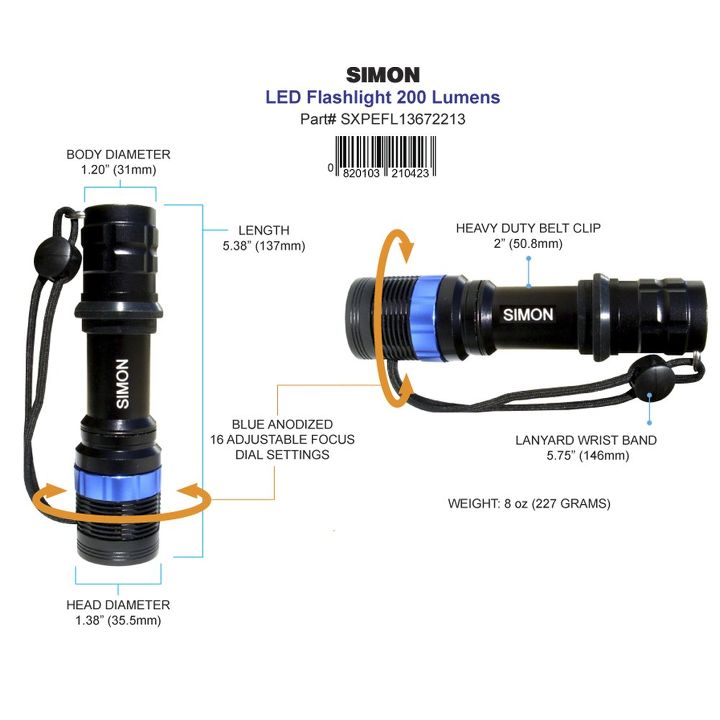
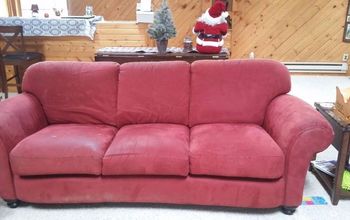
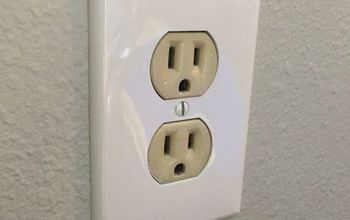


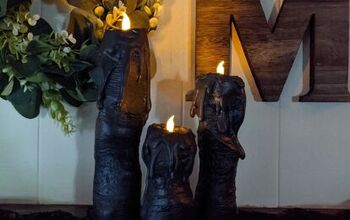






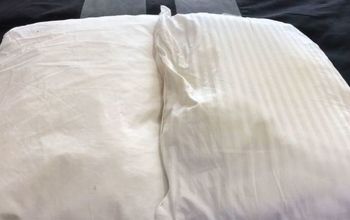



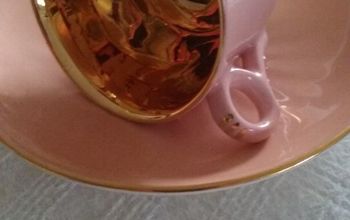
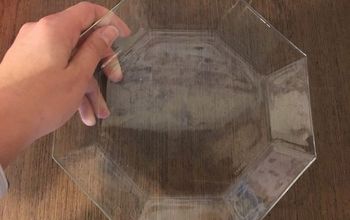

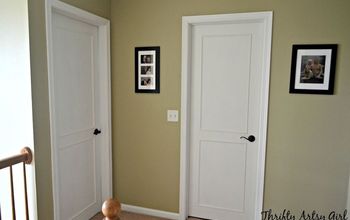
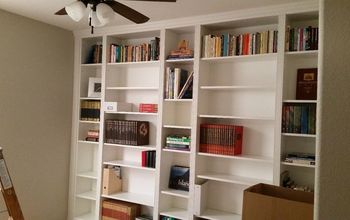
Frequently asked questions
Have a question about this project?